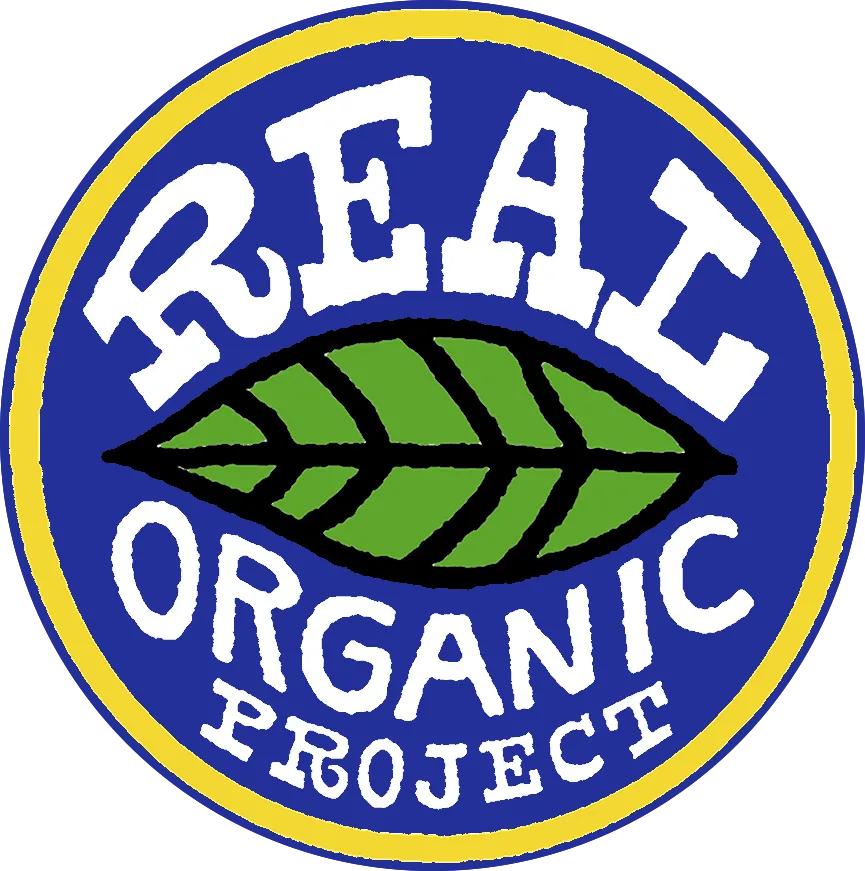Sleeping Fields, Sleeping Babies: Summer CSA ’12 – Week #18
The major theme around here this week has been putting everyone and everything to sleep. Whether it’s a toddler, a newborn, ourselves, or field # P4, as a team Mike and I are all about sleep.
On the domestic front, I am learning how to capitalize on Edie’s sleeping hours to continue general office work and some help in the shed. My afternoons are shaped by attempts to get Zea down for her afternoon nap while Edie is awake. Then fast forward to night and I am focusing on how to get Edie to go to sleep and stay asleep during the dark hours. Meanwhile, Mike and I are trying to sleep as much as we can in between middle of the night diaper changes and feedings.
On the agricultural front, Mike has been focused on getting the fields to the rest for the winter. This process has a couple of parts to it; harvest the crop, till it in, and plant a cover crop. Our goal is to have a nice blanket of green that covers as many of our fields as possible before the winter. Why? Three major reasons: First, cover crops protect our soil, and our soil is our most important currency as vegetable farmers. By cover cropping, we prevent leaving our soil openly exposed to wind and water erosion. Plant roots and the plant itself help keep soil in place. The second main reason we cover crop is to add nutrients back to the soil for the next season. And finally, we plant cover crops to help control weeds the following year.
Right now, almost our entire farm is cover-cropped. The trick is to get cover crops to grow as much as possible before the plants go dormant for the winter. So in fields where the crops came out much earlier in the season, like onions in July, we can plant a cover crop that is a little slower growing but may do a little more for the soil microbiology. This year we are trying out a yellow clover, a crop that is good at fixing nitrogen (aka taking nitrogen from the air and making it available in the soil for plants to take in). In our pepper and tomato fields, tilled in this weekend, we have to plant something much faster growing. Mike planted winter rye in those fields because it establishes itself quickly in the fall. When the weather warms, it will grow vigorously and provide a lot of biomass for what gets planted in those fields in the spring.
Only a few fields remain in vegetable production at the farm. We will attempt to cover-crop as many of these fields as we can. However, some fields just won’t get that cozy green blanket for the winter, because the window of time between harvest and winter is too small. Yesterday the crew pulled the entire beauty heart radish harvest from the field and got it into cold storage. The upcoming harvest docket (in general order of priority) includes lettuce, herbs, cabbage, scallions, rutabaga, celeriac, beets, parsnips, carrots, kale, spinach, and Brussels sprouts.
Enjoy (and savor!) the very last of the peppers in your box this week. Please do prioritize eating them, as they were all harvested over a week ago (before the hard frost) and have been in storage since.
Thanks and enjoy your veggies! Mike, Cassie, Zea, and Edie
In the Box:
- Delicata Squash
- Garlic
- Spinach
- Sweet Pepper (Bell or Carmen)
REGS Only:
- Leeks
- Parsley
- Red Leaf Lettuce
- Sweet Potato
EOs Only:
- Acorn Squash
- Cilantro
- Kale, Green
- Potatoes, Russet
- Romaine Lettuce
- Yellow Onion
This Week’s Recipe:
- Martha’s Mashed Potato and Kale Cakes
- Baked Sweet Potatoes with Leeks and Gorgonzola
- Roasted Delicata Squash Salad
Summer Week #18: Wednesday, October 3rd ” Everyother Group B





